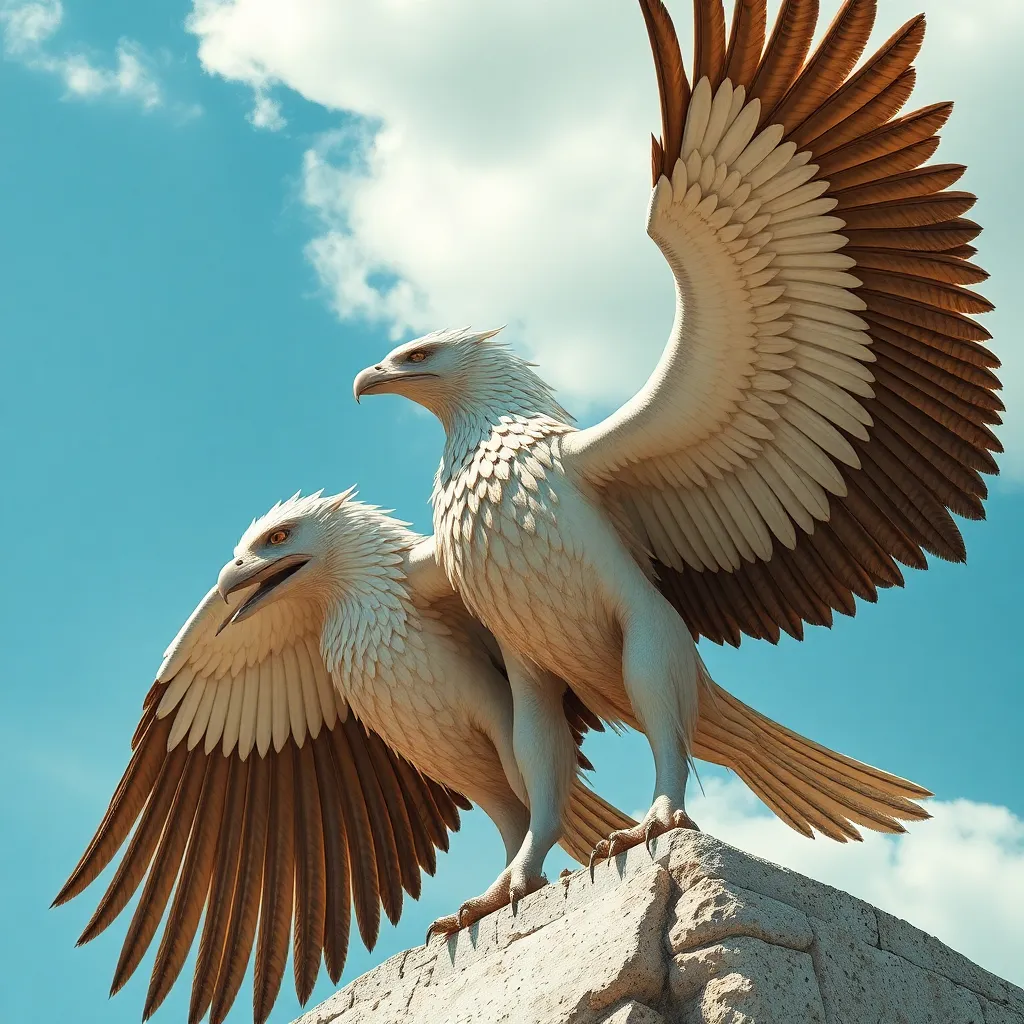The Harpies: Mythological Creatures of Wind and Fury
I. Introduction to the Harpies
The Harpies are one of the most intriguing and complex mythological creatures in Greek lore. Defined as winged spirits, they are often depicted as fierce and vengeful beings associated with the wind and storms. Their significance in mythology extends beyond mere appearances; they embody themes of retribution and the uncontrollable forces of nature.
As we explore the Harpies’ origins and evolution, we will uncover their transformation across ancient texts and their impact on Greek culture and beyond.
II. The Origins of the Harpies
The earliest mentions of the Harpies can be traced back to ancient Greek literature, where they are often characterized as “the snatchers” or “the swift ones.” Their appearances in texts like Homer’s “Iliad” and Hesiod’s “Theogony” set the stage for their role in myth.
- Early mentions in Greek mythology: The Harpies are first introduced as agents of punishment, snatching away those who have incurred the wrath of the gods.
- Lineage and parentage: The Harpies are typically considered daughters of Thaumas and Electra, which places them among other notable mythological figures.
- Cultural context: In ancient Greece, the Harpies symbolized the destructive aspects of nature, reflecting the fears and beliefs of a civilization that revered the elements.
III. Physical Characteristics and Portrayals
In art and literature, the Harpies have been depicted in various ways, often embodying a blend of human and avian features. Their physical characteristics are as diverse as their roles in myth.
- Description: Traditionally, Harpies are shown with the bodies of birds and the faces of women, creating a striking and unsettling image.
- Variations in appearance: Different sources portray them in unique ways, from beautiful maidens to monstrous figures, emphasizing the dual nature of their character.
- Symbolism of traits: Their bird-like features symbolize swiftness and ferocity, while their human traits suggest cunning and malice.
IV. The Role of Harpies in Mythology
The Harpies play significant roles in various myths, often serving as both helpers and adversaries to heroes and gods.
- Major myths: One of the most famous stories involves the Harpies tormenting King Phineas, who is punished by the gods for his hubris. The Argonauts, led by Jason, are tasked with saving him from their wrath.
- Interactions with gods and heroes: The Harpies are often seen as agents of divine retribution, enforcing the will of the gods against mortals.
- Duality of roles: While they are feared for their ferocity, they occasionally assist those who are deemed worthy, showcasing their complex nature.
V. The Harpies in Classical Literature
Classical literature provides a rich tapestry of narratives involving the Harpies, allowing us to trace their evolution over time.
- Analysis of key texts: In Homer’s “Iliad,” the Harpies are depicted as swift and relentless, while in Virgil’s “Aeneid,” they are more nuanced characters who symbolize the consequences of human actions.
- Evolution of their character: From ancient portrayals as simply vengeful spirits, the Harpies have transformed into symbols of deeper themes such as justice and fate.
- Impact of narratives: These literary representations have shaped the cultural understanding of the Harpies, influencing their perception as both terrifying creatures and tragic figures.
VI. Symbolism and Themes Associated with Harpies
The symbolism of the Harpies extends beyond their physical form, encapsulating various themes relevant to the human experience.
- Representations of wind and storm: As embodiments of the wind, the Harpies personify nature’s unpredictable and often destructive power.
- Themes of vengeance: They are often seen as agents of punishment, delivering retribution to those who transgress moral and divine laws.
- Connection to the human condition: The Harpies symbolize the chaos and unpredictability of life, reflecting humanity’s struggles against fate.
VII. The Legacy of Harpies in Popular Culture
The Harpies have left an indelible mark on popular culture, evolving into powerful symbols in contemporary literature, film, and art.
- Modern adaptations: They have been reimagined in various forms, from fantasy novels to animated films, often depicted as complex characters with rich backstories.
- Reimagining in contemporary media: Modern interpretations explore themes of empowerment and agency, contrasting sharply with their traditional roles as mere harbingers of doom.
- Influence on mythological creatures: The Harpies have inspired a range of modern mythological beings, contributing to the broader tapestry of fantasy literature.
VIII. Conclusion
The Harpies hold a significant place in Greek mythology, representing the duality of nature and the complexities of human emotions. Their journeys from ancient texts to modern adaptations illustrate their enduring legacy and relevance in contemporary society.
As we continue to explore mythological creatures, the Harpies remind us of the power of storytelling and the timeless themes that resonate across cultures and eras. Their story invites further exploration into the rich world of mythology, where each creature holds a piece of the human experience.




